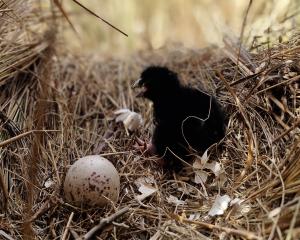The west of the South Island will get wetter and more windy, local tourism operators were told by researchers from Lincoln University and the University of Otago yesterday, at a presentation in Queenstown.
The research received Government funding and tourism operators in Queenstown and Wanaka were interviewed about what types of weather affected their particular industry, such as temperature, wind, snow and frost.
Lincoln University adjunct professor of sustainable tourism Susanne Becken said despite ample summer activities, both areas are anchored by the ski industry and snow models show artificial snow will be increasingly relied on as temperatures rise.
Ms Becken presented former Niwa scientist Jordy Hendrikx's research, and said by 2040 there would be between 70% and 100% of the present maximum snow depth on New Zealand's alpine areas.
Mr Hendrikx was confident the lack of snow could be compensated for by snow-making.
"Conditions will be harder, but not impossible," Ms Becken said.
Otago University Phd student Debbie Hopkins considered tourism operators' and Australian tourists' perceptions of Queenstown and Wanaka's ski industry.
Most thought New Zealand would fare better than Australia and many commented they viewed New Zealand as being "down the road".
Fellow researcher Ken Hughey presented "proposed coping curves", which dealt with specific tourist activities such as gliding and skiing, and a line was drawn at a point on the curve which indicated where it was not possible to operate.
Tourism operators at the presentation indicated they were implementing coping strategies, such as equipment changes, to mitigate the effects of the changing weather.
Coronet Peak general manager Hamish McCrostie said the climate research was not surprising since it was linked to a report NZSki privately commissioned by the Ski Areas Association of New Zealand in 2010.












